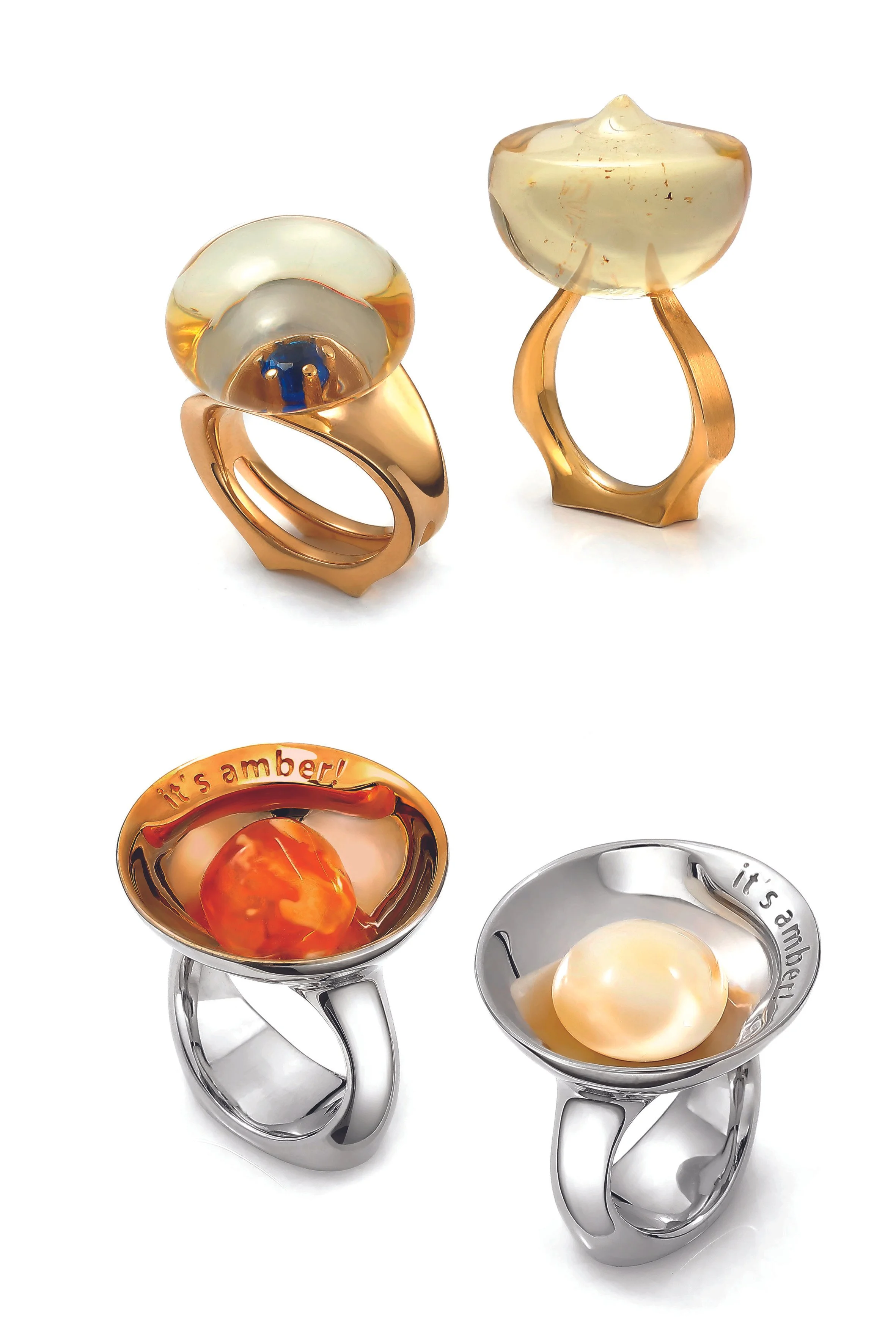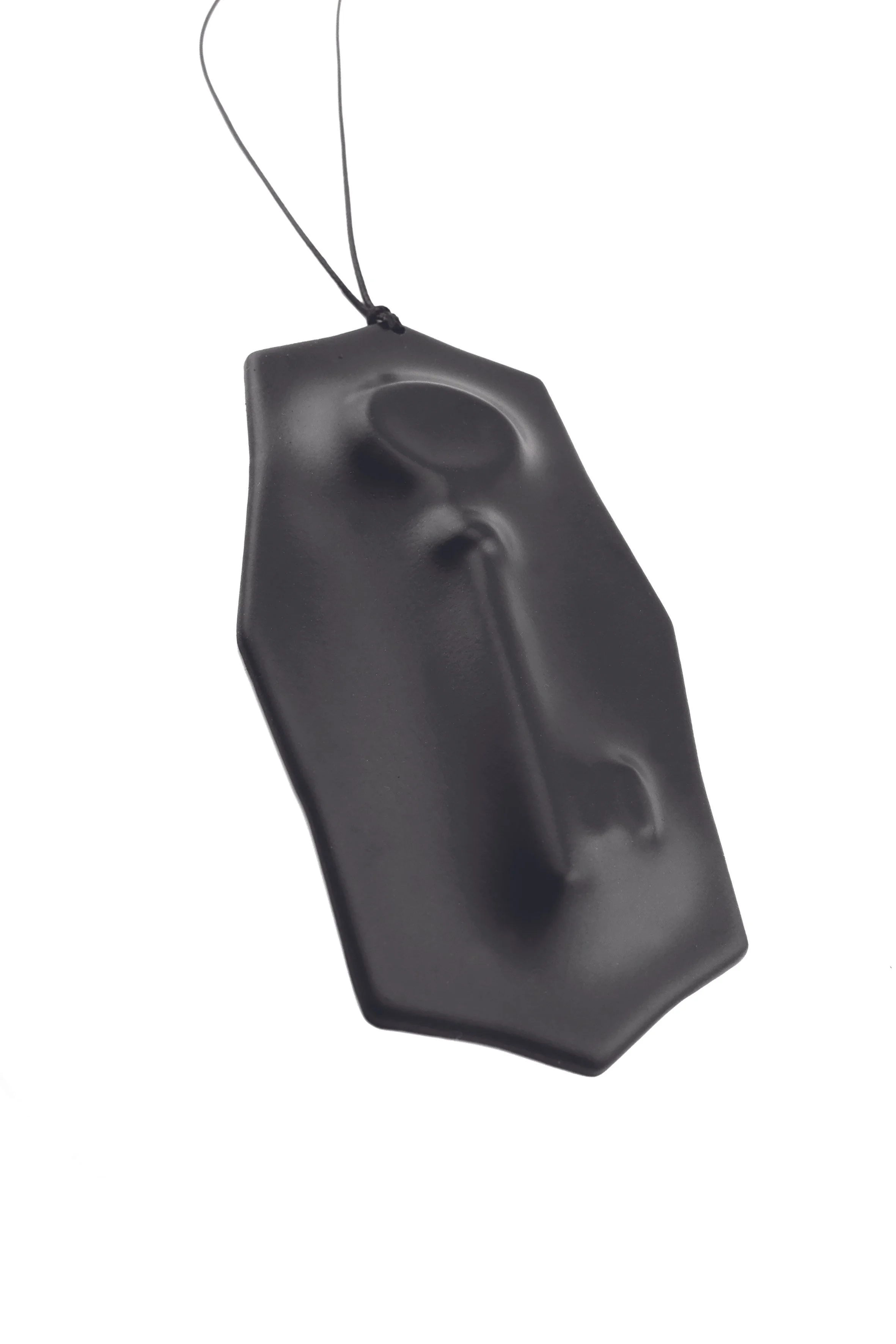Sławomir Fijałkowski - Poland - Special Guest
Sławomir Fijałkowski
Designer biography:
I was born in Łódź, Poland (1970)—right in the heart of Generation X. I studied jewellery design at the Academy of Fine Arts in Łódź / PL, and still regard this formative chapter as a springboard for broader artistic exploration. My practice crosses boundaries between art, design, fashion, traditional craftsmanship, and CAD/CAM technologies—navigating the intersections where these disciplines meet, merge, and challenge one another.
Today, I am a professor of fine arts and head of the Experimental Design Studio at the Academy of Fine Arts in Gdańsk / PL. Our studio engages in critical analysis of the evolving creative industries, resisting the lure of purely functional or market-driven design. Instead, we explore the tension between experimentation and purpose—pushing design into uncharted territories.
For four years, I served as Dean of the Faculty of Architecture and Design, a role that broadened my interdisciplinary perspective on how we shape objects, systems, services, and experiences—viewed through their full cultural, technological, and economic contexts. This background reinforced my approach as a meticulous analyst, always seeking synergy across diverse and often divergent design methodologies.
Alongside my academic work, I remain an active designer—drawn to exceptions rather than rules. Although rooted in design, my process is grounded more in contextual and critical analysis than in market competition. I consider myself fortunate to work in a time when design enjoys autonomy and balance—bridging art (as therapy for the creator) and service (as a tool for problem-solving).
Professionally, I specialize in jewellery design, collaborating with renowned manufacturers. My collections have been exhibited at leading international jewellery fairs in Basel, Vicenza, Milan, Munich, Las Vegas, Tokyo, Beijing, Dubai, and Hong Kong.
I am also the long-time curator of the International Jewellery Art Competition in Legnica—one of the world’s most influential showcases of avant-garde jewellery. Over the years, I have curated numerous design exhibitions, authored theoretical texts and books on contemporary design, and remain a critical observer of social trends—a committed advocate of subversive counterculture, and occasionally, an active participant.
Collection concept: IT’S AMBER! Collection
A collection of rings incorporating Baltic amber – an attempt to demystify a material that is unambiguously associated with Gdańsk, the capital of the region where I live and work. On the one hand, there is the interest of buyers from China (where amber is regarded as a Buddhist amulet and purchased as a form of investment), and on the other, the misuse of its image by local politicians, who attempt to appropriate it as a kitschy tourist attraction. These dynamics have led to a paradoxical situation: a disproportionate increase in the price of the raw material alongside the depreciation of its stylistic and cultural value.
The IT’S AMBER! collection seeks to counteract this trend by offering carefully designed products manufactured using contemporary technologies (CAD / CAM, 3D printing, CNC), employing sustainable and durable materials (titanium, rhodium-plated silver), and working with categories of amber not subject to speculative manipulation.
PHANTOM Collection
The PHANTOM necklace collection is created using thermoforming technology. The most classical form of jewellery – a string of stones – is partially encapsulated in synthetic material, disrupting the expected rhythm of its monotonous continuation and prompting the viewer to examine the reverse (with surprising results).
It is also a return to the archetype of jewellery as a talisman – significant for its wearer and concealing their personal secrets.
SMARTWATCH Collection
I can afford the luxury of not owning a watch (after all, I have an app on my phone). The ability to personalise the displayed time becomes an individual statement of the user – the most frequently chosen settings: the catastrophic 23:55 and 08:05 versus “I’m late! Again!!!”
The intention behind the project is a (somewhat utopian) return to materiality. In recent years, we have witnessed the digitalisation of material culture. Watches, cameras, alarm clocks, calculators – objects once autonomous – are being produced less and less frequently, having been replaced by their digital substitutes. The smartwatch becomes an attempt to reverse this process, even if only symbolically: reinstating the very habit of glancing at a watch.
SUNGLASSES
In silver? Why not.
For now, a prototype awaiting implementation into serial production.









